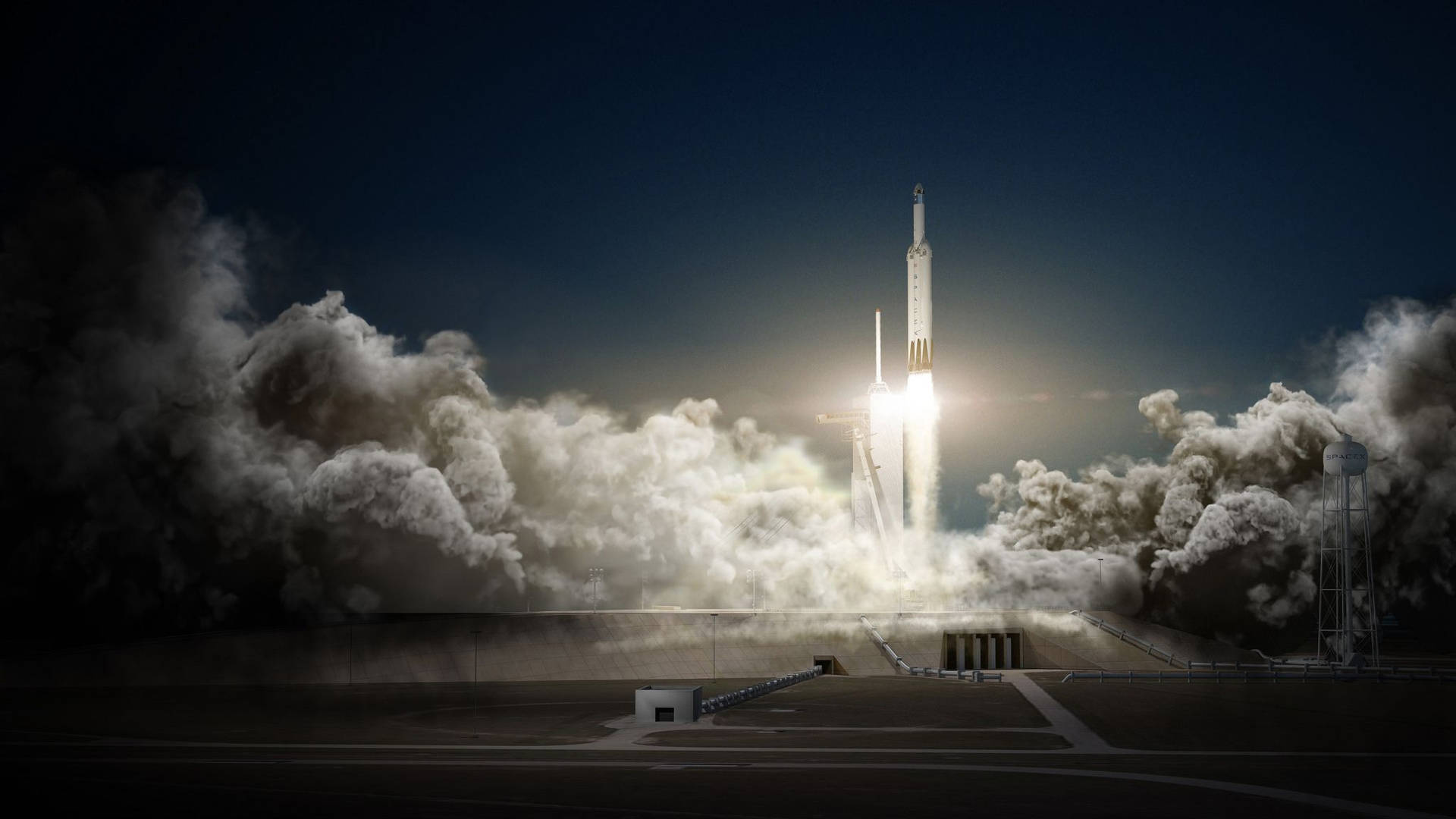
European Space Agency Considers SpaceX's Falcon 9 for Sentinel-1C Launch
In a bid to avoid further delays in the deployment of the Copernicus Earth observation satellite, Europe is contemplating shifting the launch of the Sentinel-1C radar imaging satellite from Vega C to SpaceX's Falcon 9. Simonetta Cheli, the Director of Earth Observation at the European Space Agency (ESA), revealed during a press briefing on January 11 that ESA and the European Commission are actively considering this alternative. The decision, set to be finalized in the coming weeks, takes into account the recent grounding of Vega C after a launch failure in December 2022.
Sentinel-1C and the Copernicus Program
Sentinel-1C is a crucial component of the Copernicus Earth observation program, jointly managed by ESA and the European Commission. This radar imaging satellite aims to address the gap in synthetic-aperture radar (SAR) observations left by the failure of Sentinel-1B. Copernicus has been relying on data from Sentinel-1A, launched almost a decade ago, and other SAR satellites while awaiting the launch of Sentinel-1C. Originally scheduled for a Vega C launch in 2023, discussions about advancing the launch to late 2022 were underway, but Vega C's grounding has prompted a reconsideration.
Vega C Return to Flight and Falcon 9 as a Contingency
While Toni Tolker-Nielsen, ESA's Head of Space Transportation, stated that the return to flight for Vega C is targeted for mid-November, potential delays may extend this timeline. To mitigate further delays and concerns about launching a critical mission on the return-to-flight mission of Vega C, ESA and the European Commission are exploring the option of utilizing SpaceX's Falcon 9 as a contingency. This decision aligns with Europe's plans for multiple Falcon 9 launches in 2023, including the EarthCARE Geology mission in May and the Hera asteroid mission in October.
Addressing Urgent Mission Needs
Simonetta Cheli emphasized the urgency of launching Sentinel-1C promptly to meet the community's mission needs. Shifting to Falcon 9 not only provides a potential earlier launch window but also addresses concerns associated with Vega C's return to flight. With ESA and the European Commission already planning multiple Falcon 9 launches in 2023, including Galileo navigation satellites, Falcon 9 emerges as a viable and reliable alternative.
Europe's Launcher Landscape
Europe faced a launcher crisis due to a combination of issues, including problems with Vega C, the retirement of Ariane 5, delays in Ariane 6 development, and the unavailability of Soyuz following Russia's actions in Ukraine. Turning to SpaceX for launches became imperative, temporarily alleviating Europe's launcher crisis. Josef Aschbacher, ESA's Director-General, expressed optimism during the press briefing, noting positive developments such as the upcoming debut of Ariane 6 and Vega C's anticipated return to flight.

Looking Ahead
As Europe navigates its launcher landscape, the decision to consider Falcon 9 for Sentinel-1C underscores the need for adaptability and contingency planning. With promising developments on the horizon, including new funding and support for launcher development, Europe aims to restore its independent access to space. The decisions made this year are expected to contribute to the resolution of the challenges faced in recent times and pave the way for a more robust and reliable launcher ecosystem.



You must be logged in to post a comment.